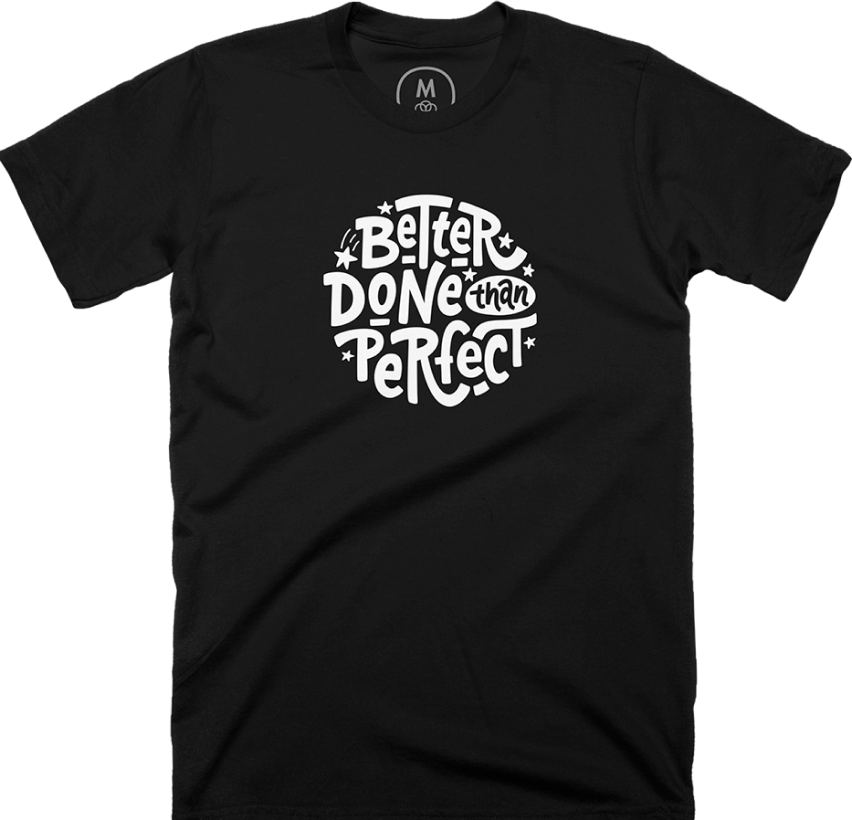Recap
Since the age of 19, Aggelos has always helped clients improve their growth. He started as a marketer, switched to product, focused on B2B sales companies, and is now a head of growth specializing in retention strategies.
Retention is the key to growth
For many founders, the idea of acquiring more new customers is very appealing. But instead of spending your money on paid campaigns for acquisition, Aggelos says it's better to focus your energy and resources on retention instead.
The car metaphor illustrates why focusing on retention is more effective than acquisition:
"If you have yet to prove that your car can actually perform mechanically, that the mechanics of the car are well made, dropping more gas into the tank might actually break the car because you're forcing it to work when it's not really well made yet."
So unless you've solved the core problems of your business, the startups are only wasting resources for acquisition:
"If they haven't solved the problems or if they haven't found a solution to some obvious challenges that they're facing, sometimes they might just be dropping more money on the table. This means generating more unpleasant experiences for people that could potentially be happy customers."
Aggelos emphasizes that you should first prove that you can retain customers before you start wildly acquiring new ones.
This has been a common mistake for startups who are at the beginning of their journey, and are yet to get the full grasp of their product-market fit:
"In the last two to three years, we've seen a lot of companies that wouldn't even remotely approach product-market fit raising millions in funding, which probably gave them the false impression that they had achieved product-market fit.
But the main metric that proves product-market fit is retention. If you can acquire someone and retain them, that's the thing that proves you have product-market fit."
Defining retention for your product
But not all products are born equal: some you use regularly while others are seasonal. How do you define retention for your product?
Aggelos says that there is no perfect retention, only the relative one.
"Everything is relative and comparable. So it really depends on what other players in the market are doing and what would be a benchmark of the retention you need to reach."
A product like Userlist has quite a high lifetime value, because once a user sets it up, they wouldn't really look for other solutions to change it.
"Let's say that Userlist has a 3-month retention at the moment. Your biggest competitors have an average of 4.5-month retention, which means that relative to this number, 3 months is a low retention for you. On the other hand, it might be a very high retention for another SaaS product."
The Whereby case study
During the pandemic, Whereby hired Aggelos to help increase their retention. It was during this time that video conferencing tools were experiencing a boom because everybody mostly had to stay in their homes.
The first thing that Aggelos and his team did was to diagnose the problem. By doing a full evaluation of Whereby's situation, a couple of interesting things came up that nobody was expecting.
Insight 1. They were unable to attract the right users
"What we uncovered through research was that one of the biggest reasons the company was experiencing churn was: they were not attracting the people that would appreciate the product the way they had to."
Even though video conferencing tools like Whereby were experiencing explosive growth during the height of the pandemic, they also had high churn. This is because a lot of people were just in passing:
"They were testing solutions in order to find out which one was appropriate for their use case. As all those people were passing by, testing out solutions, and producing churn. Or they were getting more sophisticated with a solution that was originally made to be simple, and then they would go find another solution that was more feature-rich."
Insight 2. Web conferencing isn't just one thing
"It might be 10 or 15 different things. We web conference with family, clients, our teams, or small groups within our team."
Speaking to people from startups and traditional corporations, they uncovered the many different use cases for a video conferencing tool:
"Whereby didn't have to just differentiate from the competition. They had to build a solution for specific use cases — and there were a lot of use cases out there."
Insight 3. Identifying the most vulnerable competitor
Their research also told them that Whereby's most vulnerable competitor was actually their biggest competitor:
"That insight was very interesting for me because until then, the company and every company in the market was a little bit phobic of that competitor. But in fact, it seems that a lot of people despise this competitor and that insight generated the marketing campaign of a multimillion budget that generated amazing results for the business."
Insight 4. Product roadmap was driven by the wrong people
They also found out that Whereby was taking notes on requests, concerns, and complaints during their conversations with previous customers, which did more harm than good:
"Whereby and every other business in the market were building a large list of requests that were driven by people that were not necessarily the ones that they wanted to focus on. This resulted in a product roadmap that was in large part, driven by the wrong people."
Aggelos also sees this frequently in larger businesses that have yet to do proper customer segmentation:
"A lot of customers will tell you what they think is right, what features you're missing, and what they've seen in competitors. But that doesn't immediately mean that if a lot of people ask for a feature, you have to build it. Building something needs to be very strongly connected with where and who you want to be in the next two to three years."
During this stage, Whereby already had a list of features to build. Unfortunately, building these features would turn them into just like every other solution in the market:
"They would lose that very unique characteristic that made them lovely and very successful. They were doing a few things, but they were doing them well. They used to be the number one solution for chill, meaningful conversations in one-to-one setups or small groups. If they would build all those things, they would have changed.
They would become similar to their biggest competitor, but they wouldn't be better than that competitor. They would just be an inferior alternative to their competition."
Using JTBD in customer interviews
Asking JTBD-driven questions
Every business will have some user interactions that could be physical or digital. Some examples of these are:
- Sales call
- Qualification call
- Demo call
- Asking for personal details during sign up
- Cancellation surveys or interviews
Aggelos' approach is to apply the Jobs to Be Done (JTBD) framework in all these user interactions:
"JTBD is just a different way of approaching that feedback. It will change the way that you are asking the question, and therefore it'll give you better feedback."
Before talking to customers, Aggelos looked at Whereby's cancellation survey data and saw that it only asked face-value questions like "why are you canceling?" or "which competitor are you switching to?" which made it difficult to dig deeper into the problem.
"What you need to understand is the job they want to do with this competitor: that this competitor is doing better than you. So we changed this experience entirely to just start collecting better JTBD-driven data. Instead of asking, 'what competitor are you switching to?', we provided options where we described the competitors with use cases."
Customer segmentation
They conducted their interviews with two segments of customers — churned customers and power customers — which were based on retention and financial criteria. But after speaking with a couple of them, they realized that there was not one use case for Whereby:
"We had multiple use cases, and that's the nightmare of a customer researcher. The more use cases you have, the more your project multiplies because you have to dedicate almost the same amount of customer interviews to each use case, or at least to the use cases that are important for you."
But despite talking to a relatively large number of participants, they uncovered which use cases were producing churned customers or power customers:
"That was very important for the business because it gave direct feedback into what sort of use cases they need to communicate and to position for."
Should you filter out the passers-by?
As mentioned earlier, passers-by (those who test out products and leave) produce a lot of churn. Should you filter them out at the beginning?
Aggelos says it could get a little tricky:
"You might not want to take the very bold decision of filtering out all the rest of the use cases through your positioning. You might want to do it further down the onboarding funnel in a more discreet way. Because if you take the bold decision of baptizing yourself in a very specific manner, you might not be able to go back and revert from it."
It is highly suggested that businesses find this middle solution where they describe who they are but they don't get extremely specific into that.
"As an example for a video conferencing solution, you can tell people that they can have a meaningful conversation that looks like a real meeting: which is a good positioning. But then, you can give several options as to which segments find that characteristic ideal. I wouldn't propose to any business like Whereby or anyone else to specifically and explicitly say that, 'we are building a solution for you and you and you.'"
While you don't need to filter out everyone right away, you can start collecting JTBD at the very beginning of the journey and monitor them throughout their lifetime. This will help you understand which initial expectations generated power customers and which ones generated churned customers.
You can also do the same thing during the cancellation surveys and use the insights for your feedback loop:
"'What were you expecting to do with our solution but couldn't?' and you give options. You're able to understand which are the JTBDs that you're failing at. You can then create a feedback loop to sharpen your positioning or to build stuff that attract the right use cases without you having to go out and shout a positioning that might restrict you in the future."
Tips on using JTBD for customer interviews
Tip 1. 30 minutes is long enough for an interview
JTBD laboratories would usually recommend that the ideal interview length is at 60 minutes. Aggelos says that in a real-world setting, an hour is just too long for an interview and you don't need to uncover every nitty gritty detail:
"What's significant is to understand some basic emotions, functional jobs, and a short story of the user."
By focusing on the basic things, you're able to get all the necessary information within 30 minutes or so.
Tip 2.Ask your customer to tell their story
So instead of structuring the interview like a survey, try to see the process like directing a movie:
"If you're a movie director, you need to have the characters and know their emotions. You need to know where they are, what they felt, what they did, what they thought."
You can start asking questions such as:
- Tell me your story.
- What happened?
- Where were you?
- What was going on?
- What were you doing?
After asking these questions, your JTBD questions could be your follow-up questions:
"That's a very safe way to have a conversation even if you're a newbie."
By using a storytelling flow for your interviews, your participants will feel much more comfortable in your conversation:
"Storytelling has power. When you ask people a very specific business related question like, 'what other solutions have you considered?' It's kind of a cold question. Lots of people will just relax when you ask them to tell you their story, to tell you about their challenges, to just share their stories. And that gives you a lot of opportunities to ask very good and very sharp JTBD questions."
Tip 3. Use icebreakers
"An icebreaker is crucial. It might not be expert advice, but if you ruin the icebreaker, you might ruin the whole conversation."
Tip 4. Remember that you're talking about alternatives in general
"When you want to explore your competition, you need to ask, remind them, and reinforce the idea that when you're asking about alternatives, you don't mean only software. Alternatives could be in the form of a person, process, a solution, or anything."
Aggelos shares that if you don't dig deep enough, most people would probably just answer tools they found on G2. But if you remind them that alternatives could be outside of a software, you might be surprised to find out that you're competing with something as simple as spreadsheets.
"So your competition isn't like this poor little team that shares exactly the same anxieties on the other side of the world. And that team probably sees you as competition as well. You're having this passive aggressive war of features between you, but nobody cares.
Your biggest competitor is what people actually do instead of using your tool and that might be just a Google Doc."
Tip 4. Ask questions like a psychotherapist
When you're asking questions that involve a timeline, you have to start from the most recent memory and work your way backward:
"I always advise researchers to just start from the present and slowly go to the past. Don't instantly ask questions about the past because people get nervous if they don't remember. They will lie to you unintentionally."
Tip 5. Pair your questions with a little gracious excuse
A customer can say that your product is really good and not expound on it. Because the essence of customer research is to have participants explicitly say what they mean, you can use gracious excuses to get that answer out of them:
"I always advise when you do that, just pair it with a little gracious excuse. Like, 'I know that this might seem silly, but you said good. What did you mean by that?'"
Tip 6. Don't fill the void of awkward silences
"When there is an awkward silence, lots of researchers get nervous and they fill in the void. Never do that. Just embrace the awkward silences, because in lots of cases, what comes after an awkward silence is useful."
Final advice
Do create systems that give you qualitative research without necessarily organizing an ad hoc customer research.
"See what customer interactions you have and transform them to generate good qualitative research. Sales calls, qualifications, cancellation surveys — everything is an opportunity for research."
Don't focus entirely on acquisition.
"Just focus on how you can make more money out of your existing customers. It's the best way to shield yourself from recession. Focus on your emails, content, pricing, and be close with your customers."
Thanks for listening! If you found the episode useful, please spread the word on Twitter mentioning @userlist, or leave us a review on iTunes.


